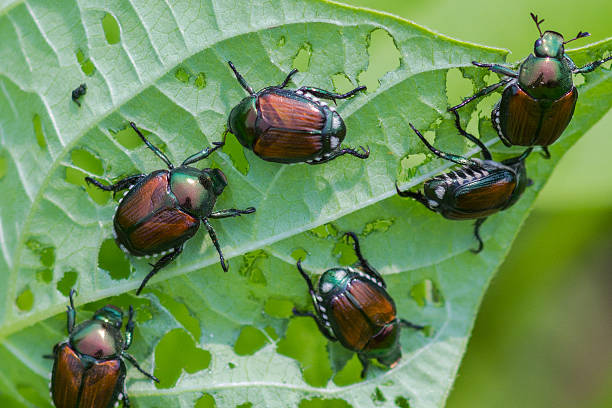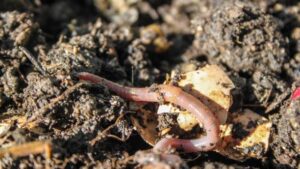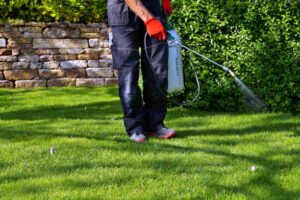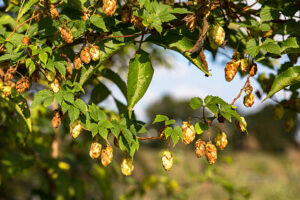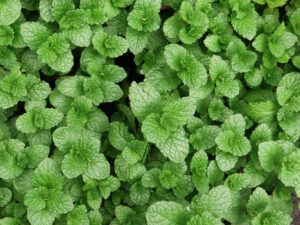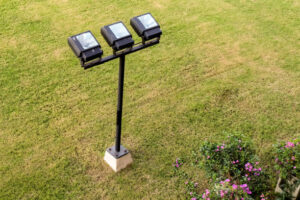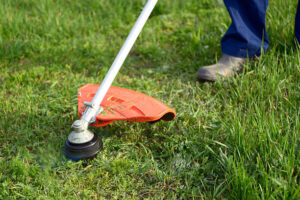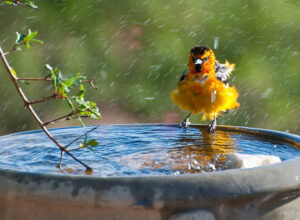How to Get Rid of Japanese Beetles: Effective Strategies
Introduction
The charm of a flourishing garden can quickly be overshadowed when Japanese beetles make an appearance. These voracious pests are known for their destructive feeding habits, capable of decimating plants in no time. In this comprehensive guide on “How to Get Rid of Japanese Beetles: Effective Strategies,” we will explore a range of practical and proven methods to reclaim your garden from these invasive insects. From preventive measures to hands-on solutions, let’s embark on a journey to safeguard your green haven.

Understanding the Culprits: Japanese Beetles Unveiled
Japanese beetles (Popillia japonica) are easily recognizable by their distinctive metallic green bodies with copper-brown wing covers. Native to Japan, they made their way to the United States in the early 20th century, becoming a widespread and notorious garden pest. Adult beetles feast on over 300 plant species, particularly favoring roses, grapes, beans, and raspberries. Identifying these pests is the first step in devising an effective plan to mitigate their impact on your garden.
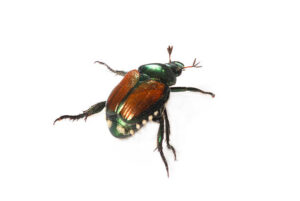
Prevention: A Proactive Approach to Pest Control
Preventing Japanese beetles from infesting your garden is a proactive strategy that can save you time and effort. Consider these preventive measures to create an inhospitable environment for these pests:
1. Companion Planting: Integrate plants that repel Japanese beetles, such as marigolds, chrysanthemums, or catnip, into your garden. These natural deterrents can help protect vulnerable plants.

2. Neem Oil Application: Neem oil, derived from the neem tree, acts as a natural insect repellent. Applying neem oil to your plants can deter Japanese beetles and other pests while promoting overall plant health.

3. Beneficial Nematodes: Introducing beneficial nematodes to your soil can target and control Japanese beetle larvae. These microscopic organisms are natural predators that help keep the beetle population in check.

4. Row Covers: Protect susceptible plants with row covers during the adult beetle’s feeding season. This physical barrier prevents the beetles from accessing their preferred plants.

Nurturing Plant Health: Building Resilient Gardens
A garden’s resilience against pests is often linked to the overall health of its plants. Implementing practices that enhance plant vitality can contribute to a garden less susceptible to Japanese beetle damage:
Adequate Watering: Ensure your plants receive consistent and adequate watering. Well-hydrated plants are better equipped to withstand pest pressure.
Healthy Soil: Enrich your soil with organic matter to promote a healthy and thriving garden. Healthy soil supports robust plant growth, making them less attractive to Japanese beetles.
Diverse Plantings: Encourage biodiversity in your garden by planting a variety of species. This can disrupt the beetles’ feeding patterns and reduce the likelihood of widespread damage.
Conclusion: Crafting a Beetle-Resistant Garden
As you navigate the challenges posed by Japanese beetles, remember that a combination of preventive measures, hands-on strategies, and, when necessary, targeted insecticides can help you regain control of your garden. Embrace a holistic approach that not only addresses the immediate issue but also builds a resilient and thriving outdoor space.
Creating a beetle-resistant garden is not just about eliminating pests; it’s about fostering an environment where your plants can flourish. With thoughtful planning and consistent care, you can enjoy a beautiful and vibrant garden that stands resilient against the challenges posed by Japanese beetles.

